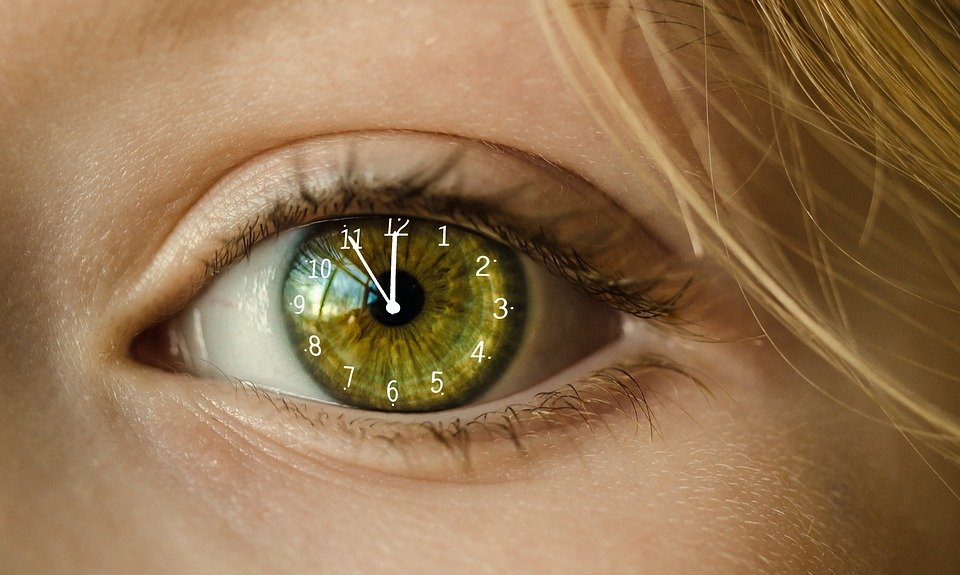Decoding the Enigma: Exploring the Fascinating World of Secret Codes
Secret codes have always held an air of mystery and intrigue. From ancient civilizations to modern-day cryptography, the art of encoding and decoding messages has fascinated people for centuries. One of the most famous examples of secret code usage was during World War II with the German Enigma machine, a device that became the symbol of encryption and decryption.
The Enigma machine, invented by Arthur Scherbius in the early 20th century, was initially designed for commercial purposes. However, its potential as a military code-making and code-breaking tool was soon recognized, and it became an essential device for the German military during World War II. The machine used a series of rotors and electrical connections to scramble and unscramble messages, making it extremely difficult for adversaries to intercept and understand the encoded information.
To decode messages encrypted by the Enigma machine, codebreakers had to analyze the machine’s settings, including the initial rotor positions, the sequence of rotors used, and the plugboard connections. This task was immensely challenging due to the machine’s complexity. However, a team of brilliant codebreakers at Bletchley Park, led by mathematician Alan Turing, successfully cracked the Enigma code, an achievement that significantly contributed to the Allies’ victory in the war.
The Enigma machine is just one example of secret codes used throughout history. Ancient civilizations, such as the Egyptians, Greeks, and Romans, employed various methods to protect sensitive information. The Caesar cipher, named after Julius Caesar, was a substitution cipher that shifted each letter of the alphabet a certain number of positions. This simple yet effective method allowed Caesar to send secret messages to his generals during military campaigns.
Another famous example of secret code usage is the Navajo code talkers during World War II. The Navajo people, who had an unwritten and complex language, played a crucial role in secure communications for the United States. The Navajo code talkers developed a code based on their native language, which was completely indecipherable to the enemy. This code played a vital role in the Pacific theater and was never broken by the Japanese.
In modern times, secret codes have evolved alongside technology. Cryptography, the science of encoding and decoding information, is now a fundamental aspect of cybersecurity. With the rise of the internet and digital communication, ensuring the privacy and security of sensitive data has become more critical than ever. Advanced encryption algorithms and protocols are used to protect transactions, secure communications, and safeguard personal information.
Today, the fascination with secret codes continues to captivate people’s imagination. Cryptography challenges, escape rooms, and encryption puzzles have gained popularity, allowing enthusiasts to test their skills in codebreaking. The allure of deciphering hidden messages and unlocking secrets has transcended time and continues to intrigue both amateurs and professionals alike.
Decoding secret codes is not only a thrilling hobby but also an essential skill in our modern world. As technology advances, so do the methods used to protect sensitive information. Understanding the principles of encryption and decryption is crucial to safeguarding our digital lives and ensuring the privacy and security of our data.
Whether it’s exploring the historical significance of the Enigma machine or delving into the complexities of modern-day cryptography, the world of secret codes remains a fascinating subject. Decoding the Enigma is not just about unraveling a machine’s settings or deciphering ancient scripts; it’s about unraveling the mysteries that lie within the human desire to communicate secretly and securely.

